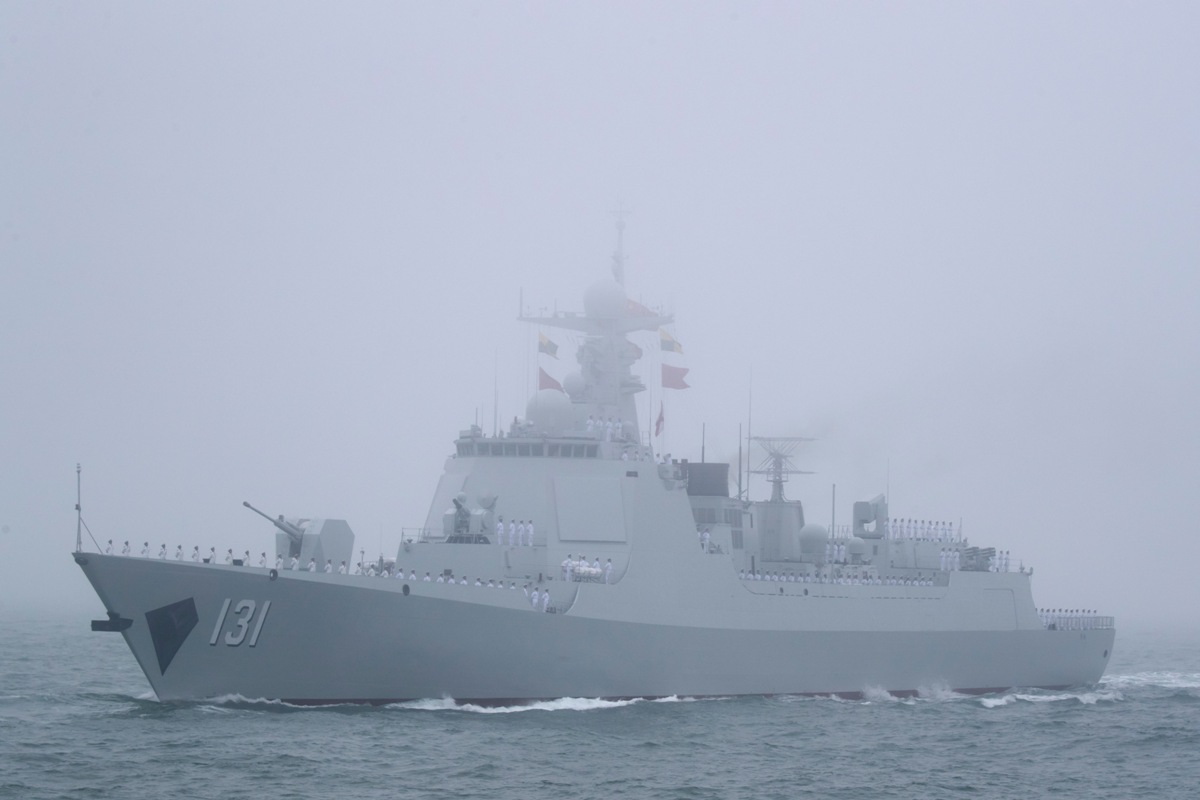The recent assembly of naval officials from around the globe in China’s Qingdao, hosted by the Chinese Navy, is an emblematic event that reveals the intricacies of diplomacy and power in the contested waters of the South China Sea. This symposium, held amid growing military tensions and strategic manoeuvres, is both a platform for dialogue and a tableau of the broader geopolitical challenges facing the Indo-Pacific region.
The timing of this gathering is particularly significant. As tensions simmer over territorial claims and maritime rights in the South China Sea, the world watches how major powers, especially China and the United States, navigate these troubled waters. The inclusion of discussions on the Code for Unplanned Encounters at Sea ~ an agreement designed to prevent maritime incidents ~ is a nod to the necessity of maintaining communication and protocols to avoid escalation. Yet, such measures seem almost quaint against the backdrop of advancing military technologies, such as drones, which are not yet adequately covered by existing agreements.
Moreover, the concurrent USPhilippines military drills, which for the first time extend beyond Philippine territorial waters, underscore a shift toward more robust military postures in the region. These exercises, expanding in scope and scale, signal a clear message about the US’ commitment to its allies and its readiness to counter perceived threats. This escalation of military preparedness reflects a broader trend of nations in the region bolstering their defences in response to perceived encroachments and hostilities, particularly from China. China’s ambitions to build a “world-class” military by 2027 and to potentially field the world’s largest ocean-going fleet by 2035 are pivotal elements in this geopolitical puzzle.
Such ambitions are not merely about enhancing national pride or securing maritime routes but are integral to Beijing’s vision of its role on the world stage. As China continues to assert its claims, not only in the South China Sea but also in its rivalry with Japan in the East China Sea, the implications for regional stability are profound. The presence of officials from countries like Japan, Australia, and India, all of whom have vested interests and on-going disputes with China, adds layers of complexity to the dialogue in Qingdao. These countries, while seeking to mitigate risks of open conflict, also need to assert their own strategic interests and sovereignty claims.
What becomes clear from this symposium is that while diplomatic engagements such as these are crucial, they are not panaceas. The deep-seated mistrust and strategic competition that define current relations, particularly between China and its neighbours, as well as between China and the United States, will not be easily alleviated by discussions alone. As such, while we should welcome efforts to foster dialogue and cooperation, we must also be realistic about the limitations of these gatherings. True progress in regional security will require not just agreements on paper but also a fundamental respect for international norms.












